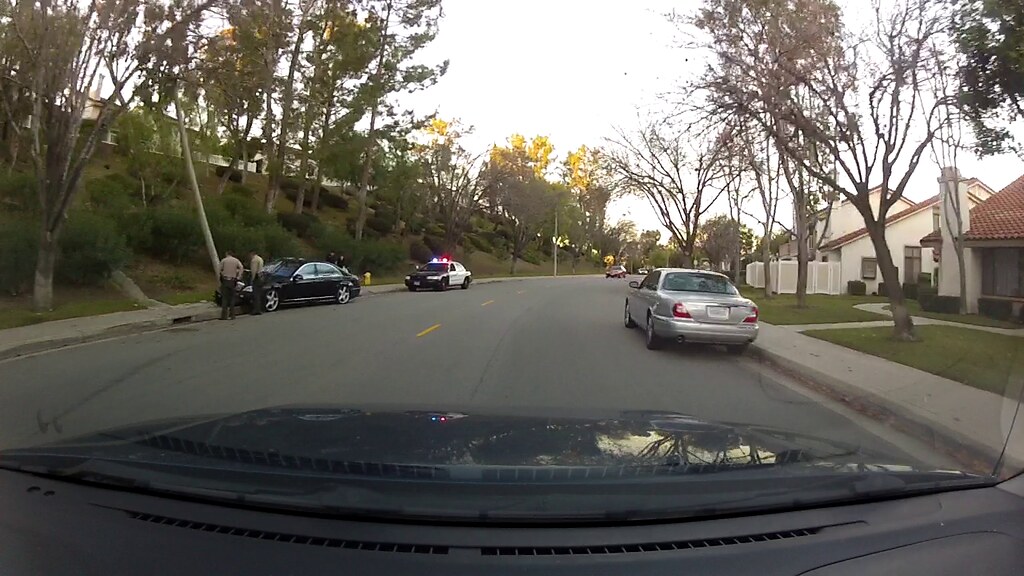“The truth only matters if we can prove it.” I have said this to hundreds of clients over the years, and it is true.
I have explained how my client got hurt to juries and seen them scratching their heads more than once. This never happens when there is video of the event, and I can’t remember a client ever losing one of those cases, either. On the other hand, I have declined to take cases a few times when the defendant—usually a casino or other property owner—shows me video of my client’s injury that eliminates any argument that the property owner was at fault.
In-car cameras, called dash cams, put car drivers and passengers in a better position to show what happened in a crash.
Thanks to dash cameras, our everyday drives can be recorded. Video of your trip not only memorializes who is at fault in a crash, but it can demonstrate the force of the crash much more vividly than mere words. It can prove that the other driver was at fault, whether you are injured or if you are accused of negligent driving.
Dashcams come in two basic varieties: those that only record when your vehicle is in motion and those that record constantly. The former are plugged into a cigarette lighter (12V auxiliary outlet) or USB port and power on with the vehicle’s ignition. The latter are wired to the vehicle battery or other power source and never go off. These are the better choice as they record vehicle tampering and parking lot damage. Tesla harnessed its built-in cameras for this purpose and has helped catch numerous property damage suspects.
Dashcams can be mounted many ways but the most common are windshield suction mounts and brackets that hold the camera to the rearview mirror. Missouri has no restrictions on the use of dash cameras, while some other states allow them unless they are mounted in a way that obstructs the drivers’ view of the road.
The cost of these devices has fallen to a point that makes them a no-brainer for commuters. Here are some of the better features to look for:
- Hard wired or always-on power. Remembering to plug in your dashcam before every drive adds one more thing to your pre-drive checklist and keeping the camera on eliminates the hassle. It will also protect you after anonymous parking lot damage. “Smart” wiring systems protect your battery by powering the camera down if your car battery gets low or connects to auxiliary batteries. Dash cameras don’t take a lot of electricity and car battery drain only becomes an issue if your car is left unattended for long periods of time.
- 2 (or more) channels. Each camera in a system is referred to as a channel, and better systems use multiple channels to point a camera to the front and rear of your vehicle. Filming both ends of your car is the best approach to catch the “action” and is the best way to demonstrate the force of a crash.
- High-resolution capability. Cameras used to be rated by the number of frames they recorded per second, but digital cameras don’t really follow this model. Instead, the resolution of the picture expressed in megapixels is more important. While a low-resolution camera is better than no camera, a dash cam that takes a more detailed or high-resolution image is better. High-resolution video can be magnified and therefore has a much longer useable range.
- Removable storage. Cameras that record to fixed internal memory require a cable or occasionally a Wi-Fi connection to capture and share the video. Cameras with removable memory like an SD card allow the videos to be taken out of the vehicle without removing the camera. After a wreck, it is much easier to take an SD card to show to law enforcement or your attorney than to take the entire camera and find a power source, etc., to share it. High-end dash cams save videos to the cloud, but these either require a cellular subscription or they upload video when near your home Wi-Fi when you park.
- Night vision. Night vision capability is critical for a good dashcam. The best ones don’t just record in the dark but can eliminate oncoming headlights and streetlights from blurring the recording.
As with most electronics, dash cams are available in a wide price range. Plenty of good options exist under $100 and some even under $50 dollars, but you can spend a thousand dollars or more to get all the bells and whistles. A great dash cam is great protection, but even a merely good camera is worth its weight in gold when you need it.
Header image via Michael Saechang on Flickr

